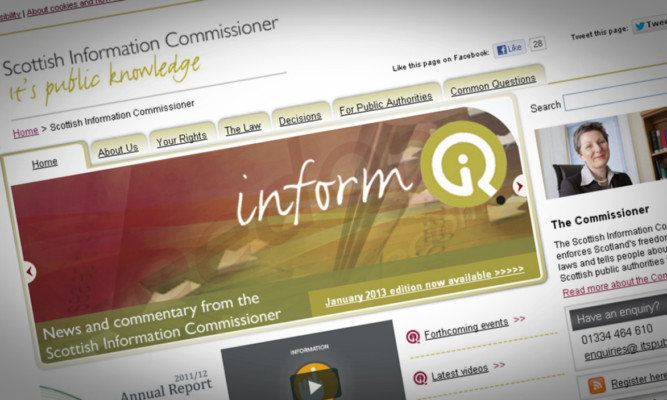The information commissioner has been asked to investigate a controversial questionnaire asking primary school pupils about drugs and knife carrying.
The Evidence2Success project “wellbeing survey” provoked fury among Perthshire parents when the nature of the questions asked of children as young as nine were revealed.
Since the pupils completed the survey, many parents claim their consent was not sought and would not have been given if they had seen the questions in advance.
Comrie mother Deborah Thomas has referred the matter to the independent body which regulates information and data collection.
She said “serious breaches” of the Data Protection Act had occurred through the £225,000 survey, joint-funded by the council and NHS Tayside.
The commissioner has the power to fine a body up to £500,000 for improper use of data and order it to cease using data gathered incorrectly.
Mrs Thomas said it is “to her eternal shame” she did not realise the nature of the survey and stop her son completing it after he described it as “creepy and weird.”
She said the survey had “suggested to thousands of children the very real possibilities of carrying weapons, taking drugs, having sex and skipping school.”
Mrs Thomas said insufficient detail is given to children about what consent means.
She said: “They are told it is secret and confidential, but if you look at one of the first set of questions, there are several identifiers date of birth, age, sex, ethnicity, type of school, year in school that head teachers could easily link to a specific child.
“They were all deemed to have capacity from nine years old, whereas many did not have the life experience to understand their rights.
“Perth and Kinross (Council) offered an undated opt out flyer to some parents, but many parents did not receive this and many were unaware of the survey taking place until their child came home from school,” she continued.
“Parents were not told of the explicit nature of the questions to be posed to their children and were not offered explicit consent.
“It is my feeling, and that of many others, that Perth and Kinross Council education have paid lip service or do not understand the importance of explicit consent and the level of information they must provide to ensure that consent is informed and freely given.
“I have asked the council to suspend the data, pending a full review of practices.”
A spokesman said Perth and Kinross Council “strongly refutes” Mrs Thomas’s claims, stating: “We have taken great care in carrying out this work to ensure that it has been done according to the law.”
He said the questions were scrutinised by an committee of experts and the methodology of the survey tested by an academic.
He said the council has “no intention of suspending the data or carrying out a review based on the inaccurate claims of some opponents of the project” after the vast majority of parents, 89%, consented.
